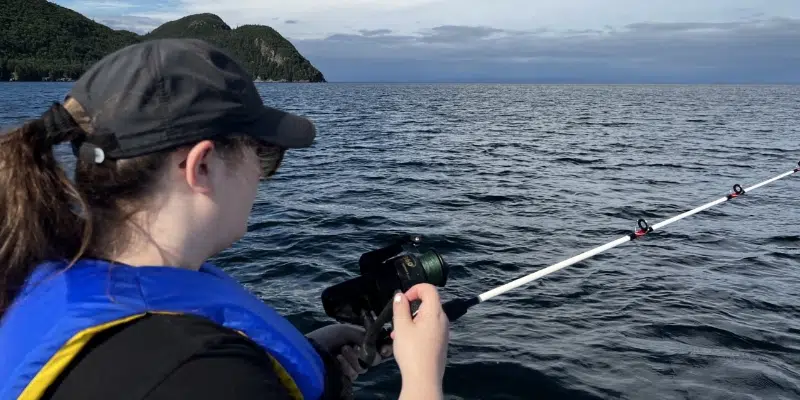As the summer solstice passes over Newfoundland and Labrador’s rugged coastline, anticipation builds among local fishing enthusiasts. The Department of Fisheries and Oceans Canada has confirmed the province’s recreational food fishery will officially open on June 28, marking the beginning of a cherished maritime tradition that connects residents to their cultural heritage and coastal bounty.
The 2025 season introduces several notable changes to fishing limits and conservation measures, reflecting ongoing efforts to balance cultural practices with sustainable resource management. This year’s fishery will permit residents to catch up to five groundfish per day, with each boat limited to 15 fish regardless of the number of people aboard—a measured approach to ensuring stock sustainability while preserving access for local families.
“This fishery represents more than just recreation—it’s about food security and cultural continuity for coastal communities,” explains Marine Conservation Officer Elaine Parsons. “The adjusted limits reflect our commitment to ensuring future generations can participate in this tradition while protecting vulnerable cod populations.”
Conservation remains a central focus of this year’s management plan. According to DFO data, northern cod stocks have shown modest improvements in certain areas but remain well below historical levels. This delicate balance has prompted officials to implement weekend-only fishing during July, with expanded daily access throughout August when water temperatures and fishing conditions are optimal.
For many Newfoundlanders, the recreational fishery transcends sport—it represents a vital connection to heritage and community identity. Robert Blackwood, a third-generation fisher from Bonavista Bay, emphasizes this significance: “My grandfather taught my father, who taught me. Now I’m teaching my grandchildren. It’s about more than catching fish; it’s about passing down knowledge that’s been in our families for hundreds of years.”
The economic impact extends beyond household freezers. Local businesses in coastal communities report significant increases in tourism and retail activity during the food fishery season. Harbourside stores stock additional fishing supplies, accommodations fill with visiting family members returning home specifically for the season, and restaurants feature fresh-caught specials that celebrate this seasonal bounty.
Safety protocols have been enhanced this year following recommendations from the Canadian Coast Guard. All participants must carry required safety equipment including personal flotation devices, and are strongly encouraged to file float plans before departing. Weather conditions can change rapidly in Newfoundland waters, particularly during early morning fishing excursions when fog often blankets the coastline.
Environmental monitoring will increase during the 2025 season, with DFO scientists collecting data on catch rates, fish size, and population health indicators. This information becomes crucial for future policy decisions and helps balance ecological concerns with the cultural importance of maintaining access to this traditional food source.
As coastal communities prepare their boats and dust off fishing gear, the approaching season represents more than recreation—it embodies a living connection to the province’s maritime heritage. When the season opens on June 28, thousands of Newfoundlanders will participate in a practice that has sustained families for generations, connecting modern residents to ancestral traditions that predate Confederation.
As climate change and commercial fishing pressures continue to transform North Atlantic ecosystems, how will this delicate balance between conservation needs and cultural traditions evolve to ensure both survive for future generations?


















